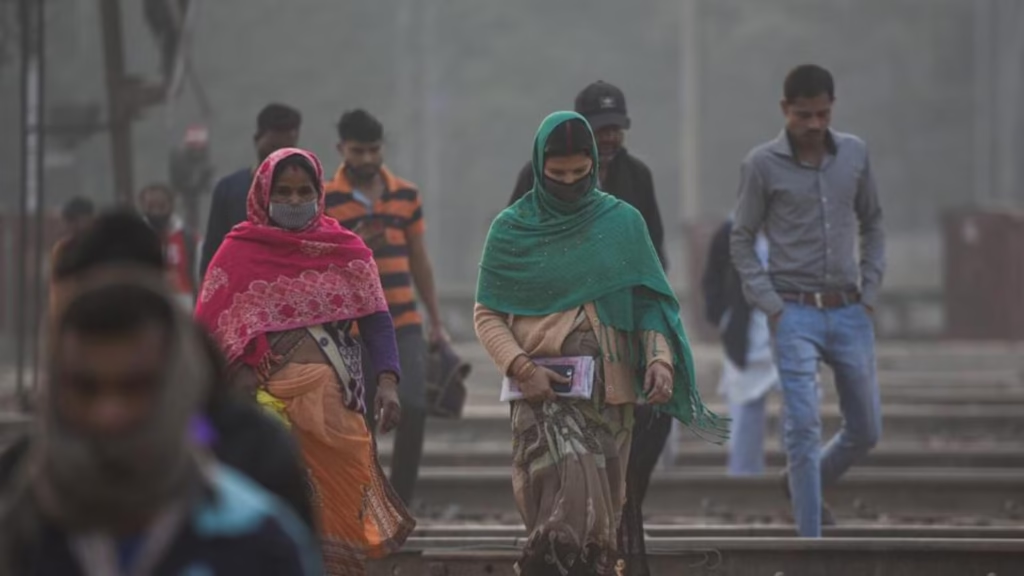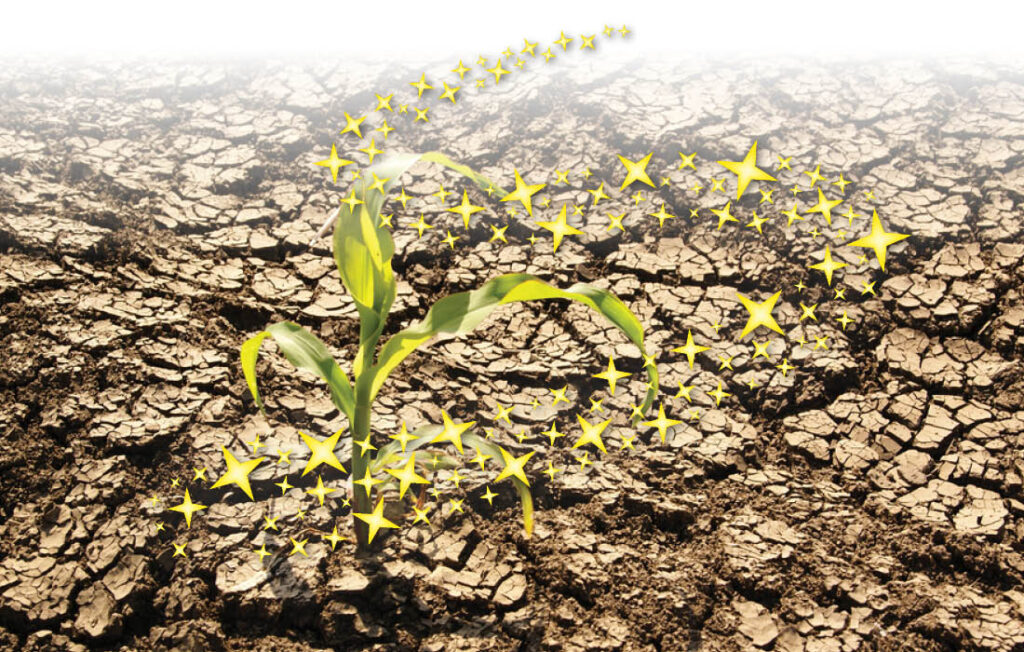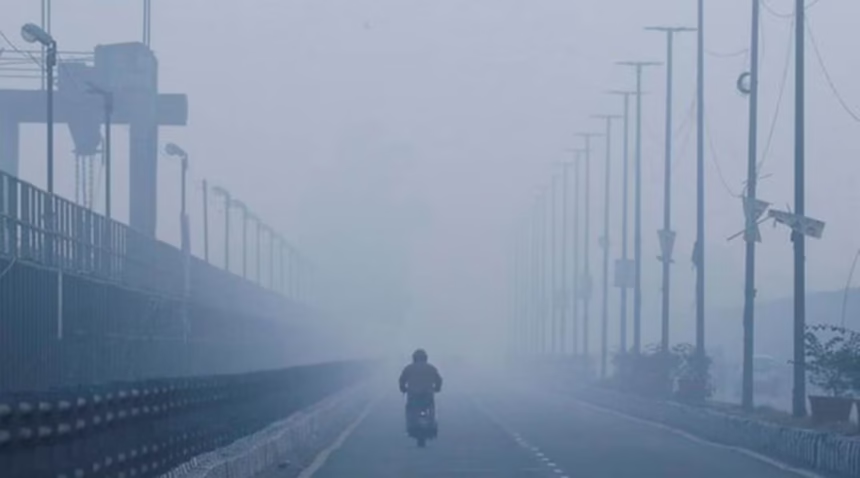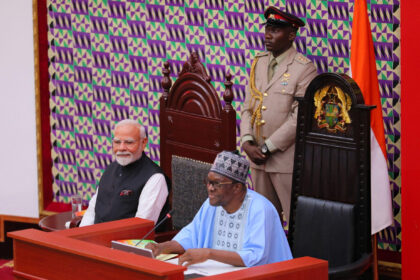As 2025 approaches its final months, conversations across North India are shifting from monsoon rains to an unusually sharp winter on the horizon. Weather models and climate scientists suggest that this winter may be colder than usual, with stronger cold waves sweeping through the plains and heavy snowfall in the Himalayan states.
But a colder season isn’t just about lower temperatures. It means challenges for farmers, stress for urban infrastructure, and lifestyle shifts for millions of people. At the same time, it brings cultural charm—misty mornings, warm food traditions, and winter festivals celebrated with renewed vigor.
Why This Winter Could Be Different
Meteorologists are pointing toward the re-emergence of La Niña, a climatic phenomenon where cooler Pacific Ocean waters alter global weather. Historically, La Niña winters have meant sharper cold spells across North India.
Local Triggers
-
Frequent western disturbances can intensify fog, rain, and snowfall.
-
Urban heat islands like Delhi may experience extreme night-morning temperature drops.
-
Agricultural regions like Punjab and Haryana may face frost conditions, rare but damaging when severe.
Regions on Alert

-
Delhi-NCR: Likely to see prolonged fog spells, colder mornings, and pollution made worse by stagnant winter air.
-
Punjab & Haryana: Anticipated frost conditions could affect wheat and vegetable crops.
-
Uttar Pradesh: Known for dense fog, highways and railways could face heavy delays.
-
Himalayan Belt (J&K, Himachal, Uttarakhand): More snowfall, possible travel disruptions in hill stations and mountain passes.
Impacts Beyond the Weather

1. Agriculture & Economy
Farmers may struggle with frost damage to rabi crops. A cold wave could delay sowing, while fruit orchards in hilly regions risk losses. On the flip side, colder winters often improve wheat yields when frost isn’t extreme.
2. Energy & Daily Life
Electricity demand for heating will spike, especially in urban centers. Rural households depending on wood or kerosene may face shortages and price rises.
3. Health Concerns
Respiratory issues, seasonal flu, and cold-related complications are expected to rise. Vulnerable groups—children, the elderly, and outdoor workers—will need extra protection.
4. Social & Cultural Life
From hot chai stalls in Delhi’s markets to bonfire gatherings in Punjab’s villages, winter also brings communities together. Festivals like Lohri, Makar Sankranti, and Basant Panchami gain a unique charm when celebrated against crisp, cold backdrops.
How to Prepare
-
Households: Stock warm clothes, blankets, and heating solutions early.
-
Farmers: Use frost covers, mulching, and irrigation techniques to shield crops.
-
Authorities: Issue timely cold wave and fog alerts, open night shelters for homeless, and maintain transport safety protocols.
-
Individuals: Maintain healthy routines—hydration, immunity-boosting food, and safe travel planning in fog conditions.








